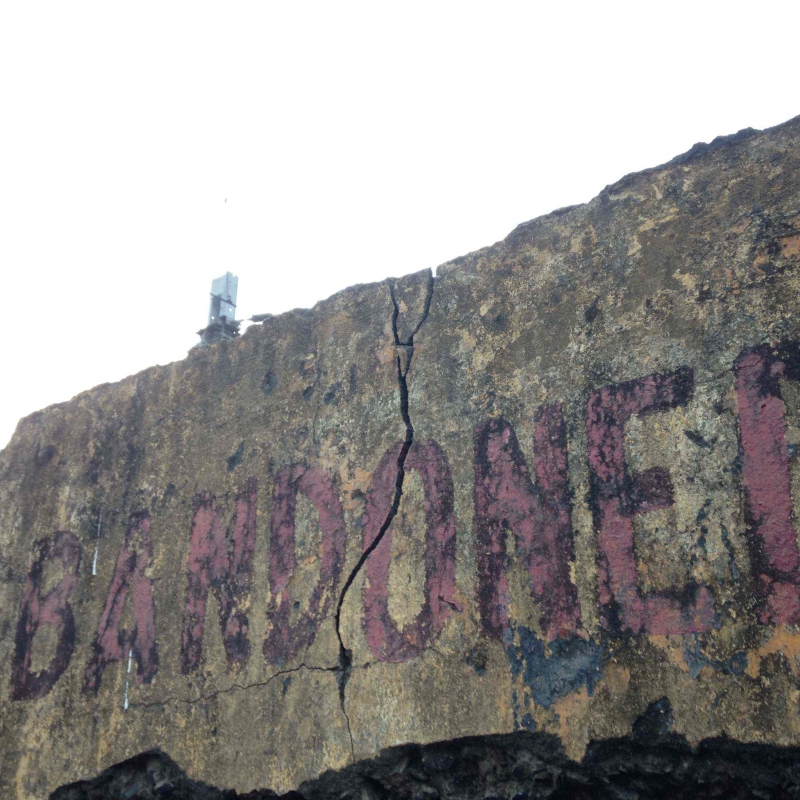Performance art is the guerrilla arm of fine art, with a habit of popping up unexpectedly, making its strange presence felt, and then disappearing into the unreliable annals of hearsay and legend.
Will Gompertz, What Are You Looking At? 150 Years of Modern Art in the Blink of an Eye
Performance art is comparatively new in the Indian cultural scene. Often, even culturally well-informed people tend to correct you by saying, ‘Do you mean performing art?’ Therefore, performance art in India, in addition to the existing discourse on its nature and extent, requires a separate explanation on how it is different from performing arts. However, it becomes further confusing when the art critics tend to relate performance art with some elements of rituals or of conventional performance art. Therefore, instead of looking for a functional definition of performance art, let us take a review of some incidents which may be said to illustrate performance art practices in India.
It was in the spring of 2002, a young man from Kashmir, then re-located in Delhi, printed a poster of himself wearing a Kashmiri Muslim cap with a beard, alongside another picture of his tonsured head with a red mark on his forehead, which is a Hindu tradition. But what was really unusual was he would climb up on the back of commuter buses in the Indian capital and paste that poster. This act itself might be termed illegal. People at the bus stop would wonder what the meaning of the picture was, and why this man was pasting his own photo with two names, 'Inder' for the 'Hindu image' and 'Salim' for the 'Muslim' one. This was the beginning of a new phase of visual art. Today, Inder Salim is perhaps the most known name in Indian Performance Art segment along with Nikhil Chopra.
Art does challenge the medium or format of expression. Marcel Duchamp’s Fountain is a milestone in the history of art, because it placed the right of the artist’s choice of medium before what we generally think as art. Art is about beauty—that’s what most people tend to believe. For them art is not necessarily a vehicle for thoughts. More than that, there is a consensus that some agencies are qualified to prescribe what is art and what isn’t.
Beyond the obvious discourse on art or performance art, performance artists often evoke serious doubt in people’s mind about their works. Are they really artworks? Or are they trying to fool us? The ephemeral quality or disadvantage of performance art makes it further difficult to talk about it. In fact even the images taken during the performance are not the actual artwork that the performance artists did. They are referred to as residue, documentation etc.
It becomes clear that the basic elements of performance art, however, are well-defined, the way painting or sculpture is. It needs a space, the artist is present on that site, the artist’s body is an integral part of his work, and the temporal duration of the performance. Then comes a large list of other components that rather emerges out of the space and location of the performance.
The vanguards of performance art in India are Sushil Kumar, Art Maharaj and Inder Salim. There have been some artists, Pushpamala N., Sonia Khurana, Anita Dube and Subodh Gupta to name a few, who have been imbibing performativity as a part of their practice. However, the works produced through that process are meant to be viewed on new media, therefore cannot always be classified as performance art. Besides Sushil and Inder Salim there have been many artists who have been associated with performance art such as Sanchayan Ghosh, Anil Dayanand, Manmmet Devgun, Abhishek Hazra, Sajan Mani, Sahej Rahel, Neha Choksi and Chimuk.
Since 2013, a collective of artists known as Pi (Performers independent) was formed in Calcutta (Kolkata) and India’s (and perhaps Asia’s) only festival dedicated to performance art ‘Kolkata International Performance Art Festival’ has been taking place every year in January 22–26. Anirban Roy, Taufik Riyas, Rahul Bhattacharya and Tapati Choudhury are the prominent faces of Pi.
In performance art, the residue of a performance is often referred to as ‘evidence’ but the artists claim the actual performance is the only work of art, and still or moving documentation is just a reference to their practice. In fact, it may not be an exaggeration to call performance art as the latest avatar of conceptual art that started with Marcel Duchamp. Here it may be noticed that this streak of art does not try to create either beauty or physical objects, what they prompt us to put forth is the idea. Here we might actually try to re-configure the concept of art: art is also a way to make people take cognizance of matters and phenomena from a different perspective. So if the artist does a series of temporal ephemeral actions that makes you think differently, that is indeed art. Why? Like Duchamp’s Fountain (signed R. Mutt, the pseudonym under which it was presented at the 1917 Independents Exhibition organised by the Society of Independent Artists; what we see is a replica made in 1964) what it does is, it hits you at a conceptual level; Duchamp's sole purpose was to put the urinal upside down to re-define the function and effect of the object itself. Indeed, the utilitarian aspect or market value of art is not present in this branch of visual arts.
Often people tend to ask if performance art pertains to visual art. Here there is a set of points to be noted. If we look at Duchamp’s Fountain as a bold statement that artists have the right to choose the medium to express their thoughts, and at consequent art movements like Nouveau Réalisme Conceptualism, Fluxus, Arte Povera, then perfomance art is definitely an offspring of visual arts. Performance art slips into our quotidian reality in the form of happening, intervention or the performance itself.

